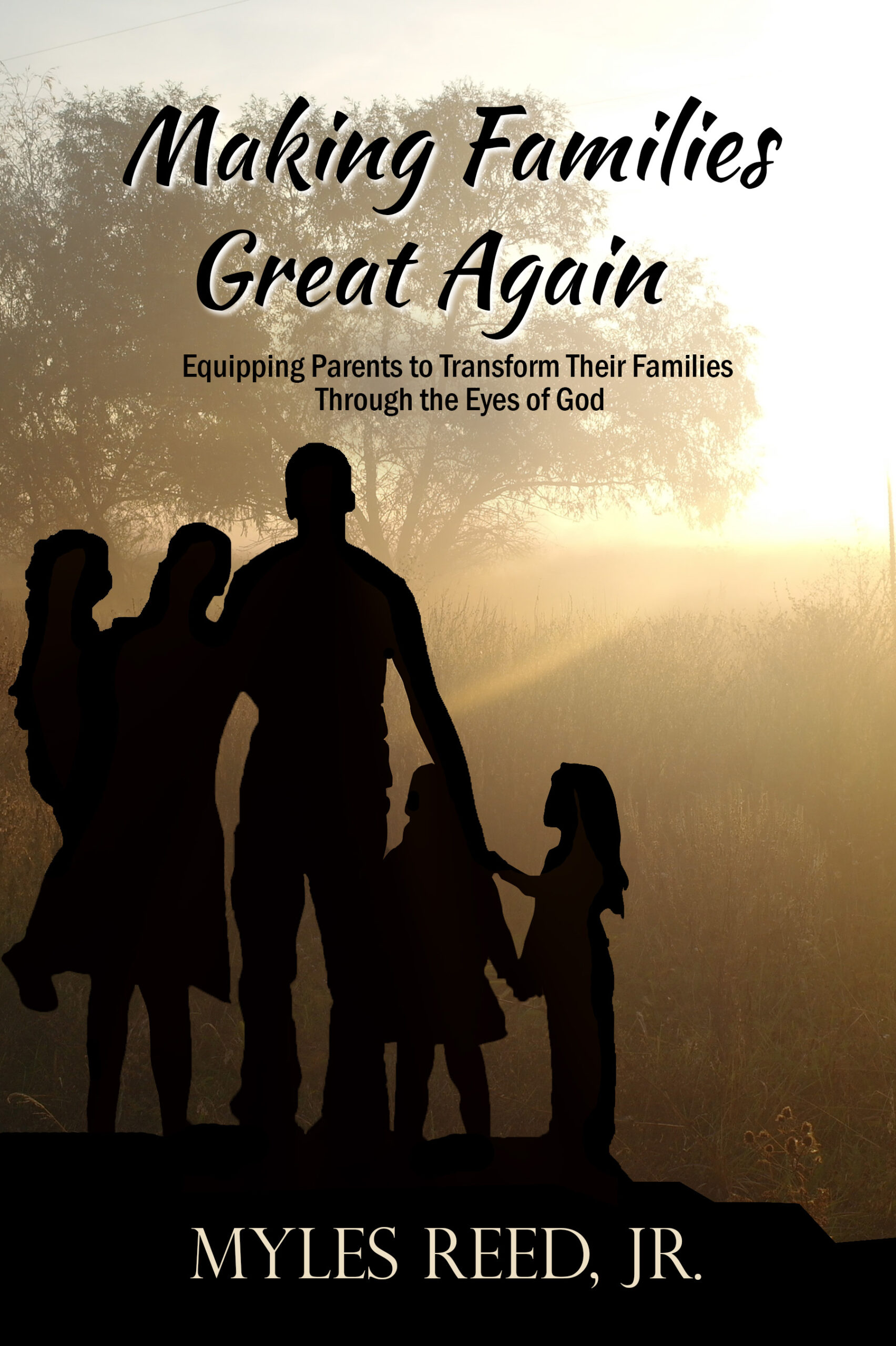
It was the best of times, it was the worst of times, it was the age of wisdom, it was the age of foolishness, it was the epoch of belief, it was the epoch of incredulity, it was the season of light, it was the season of darkness, it was the spring of hope, it was the winter of despair.
As you probably know, that’s the famous first sentence of A Tale of Two Cities by Charles Dickens. Then we have the infamous opening of Paul Clifford by Edward Bulwer-Lytton, which is often regarded as a terrible opening line:
It was a dark and stormy night; the rain fell in torrents—except at occasional intervals, when it was checked by a violent gust of wind which swept up the streets (for it is in London that our scene lies), rattling along the housetops, and fiercely agitating the scanty flame of the lamps that struggled against the darkness.
Why is Dickens better? We have a contrast like the proverbial half-empty cup that is also half-full. Which is it, good or bad? The question leaves readers wanting to read more, seeking an answer.
In just a sentence or two, your scene, article, or book must hook the readers with “bait” that is just too good to ignore. By analyzing opening lines from literature, you can develop a feel for what works and what doesn’t. And then your own openings can be more captivating.
Opening lines become great when they have . . .
- A question that demands an answer.
- A shock factor, presenting an unexpected perspective.
- Something humorous or entertaining, which invites pursuit of reading pleasure.
- An emotional hook, prompting concern for what will happen next.
- A sense of adventure, stirring curiosity over what important lesson might be learned.
Use Amazon’s “look inside” feature to copy bestselling novels’ opening lines that grab your attention. Which of the five traits did you find in those lines? For practice, write something similar in your own words.




 Character is a critical key to becoming a person of quality, and it starts in the home!
Character is a critical key to becoming a person of quality, and it starts in the home!